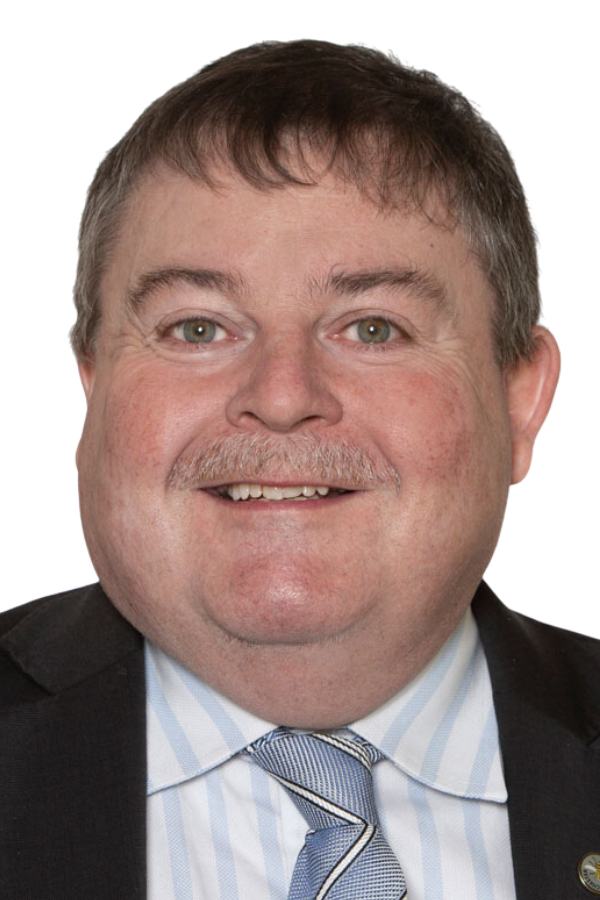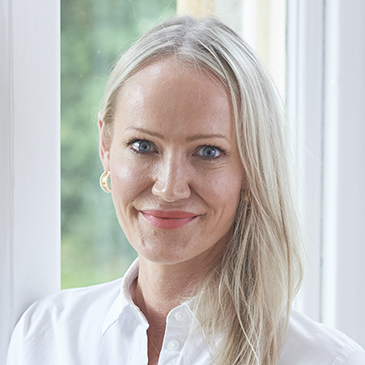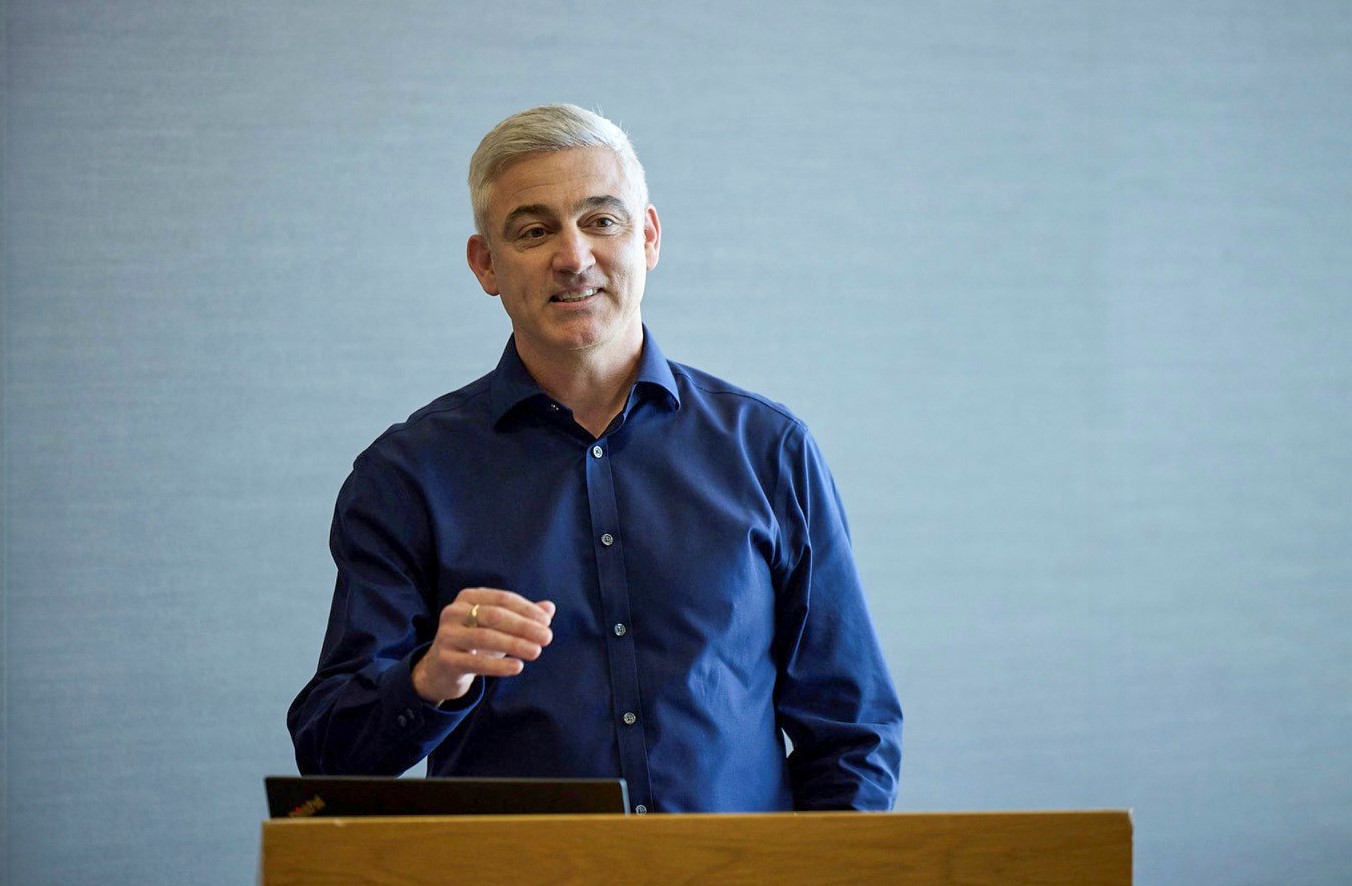Making protection excellent (again)

As we enter what could be an interesting summer across global politics, I couldn’t resist taking a crowbar to this infamous recent campaign tagline and applying it to our own market. Let’s make protection excellent again!
Is protection not already excellent I hear you say?! If I was to write the protection market’s school report, it would say, failed to achieve full potential (and somewhat disruptive in class). Many would argue that we have made great strides, but the number of those covered in the UK and the sheer number of consumers left without any protection would indicate otherwise. There is something amiss.
In my previous two pieces I explored some of the reasons why, and clearly – I’m a (subliminal) fan of alliteration.
For as long as I’ve been in the industry (10 years this October!), we have struggled with low levels of engagement – mainly from consumers who don’t understand the need for cover and even when they do, lack the urgency to act. But also from advisers, some of whom deprioritised protection, citing growing regulatory pressure, challenging mortgage and financial markets. Those that are writing have faced challenges in the speed of delivery and commercial pressures. This lethal combination has left us constrained and unable to break into new markets that we desperately need, in order to reach the consumers of today and tomorrow.
The protection market has long been searching for the efficiency which delivers greater margins and more importantly, meets the expectations of today’s customer.
The impact of these constraints alongside others, such as increasing product complexity, is a market which has failed to meet the level of excellence required to grow substantially. Whilst all financial services sectors have faced huge challenges in recent years, many a result of tech and digital disruption, we have failed to adapt and evolve as successfully as some.
Take banking, for example. The disruptors, the Revolut’s and Monzo’s of the world have not only taken market share from the big banks, but they have also shown that a better way is possible. They have strived to deliver a better experience, to deliver excellence. They have lifted the sector for the better.
So, where’s the disruption coming from in life and protection? How can we reach the excellence required to take the market to the next level?
Making the complex simple
Protection breeds and cultivates complexity. Whether it’s product, definition or service, the market tends to find a way to foster complexity. There are reasons why this is the case, writing long term insurance isn’t easy, commercial models are entrenched, but we have accepted it as inevitable for too long. Now is the time to embrace simplicity in product design. Yes, customer budgets are perhaps smaller than they were a couple of years ago, but their attention spans are even smaller. In modern markets, simple wins.
Experience over product
Providers LOVE a new product, new feature or new enhancement. That’s to be applauded, there is no lack of effort or passion invested into what we do. However, there are unintended outcomes of this product-based arms race.
Insurance by definition is always going to contain complexity. Definitions and terms and conditions need to be unambiguous. But at times product development is at best misdirected, at worst irrelevant. When there are still dysfunctional elements of service, like a disjointed and often opaque application process, to continue to invest so much time and effort into products could be described as misguided.
Would time be better invested in the most important ‘product’ we can all develop? That product being the service experience offered to customers and advisers. Everything encompassing purchasing, managing and using a policy? I think so.
Consumer first
Are we as obsessive about our customers as we should be? There still seems to be a large disconnect between what consumers want and what the market delivers – my arguments about complexity and experience above being just two key examples.
But there are more areas which highlight a disconnect between consumer perception and demand and protection reality. Take premiums for example. iPipeline data shows that protection premiums in the UK continue to fall, pushed by competition. Compare this to expectation, most consumers expect protection to be more expensive than the reality.
Does that paint the picture of a sector totally in touch with consumer demand? No. Does it highlight an obsession with competition. Yes.
There needs to be accountability from us all if we’re going to make protection excellent again. We need to be obsessed about our end customers, but equally we need to be obsessed with the full value chain, from product design, reinsurance, portals, intermediaries, and execution channels. We have to listen to understand, not listen to respond with a slightly more competitive offering. If we don’t do it, the regulator will. I for one am passionate about helping move our industry into a growth market and jointly if our industry remains engaged, we can achieve this.

























